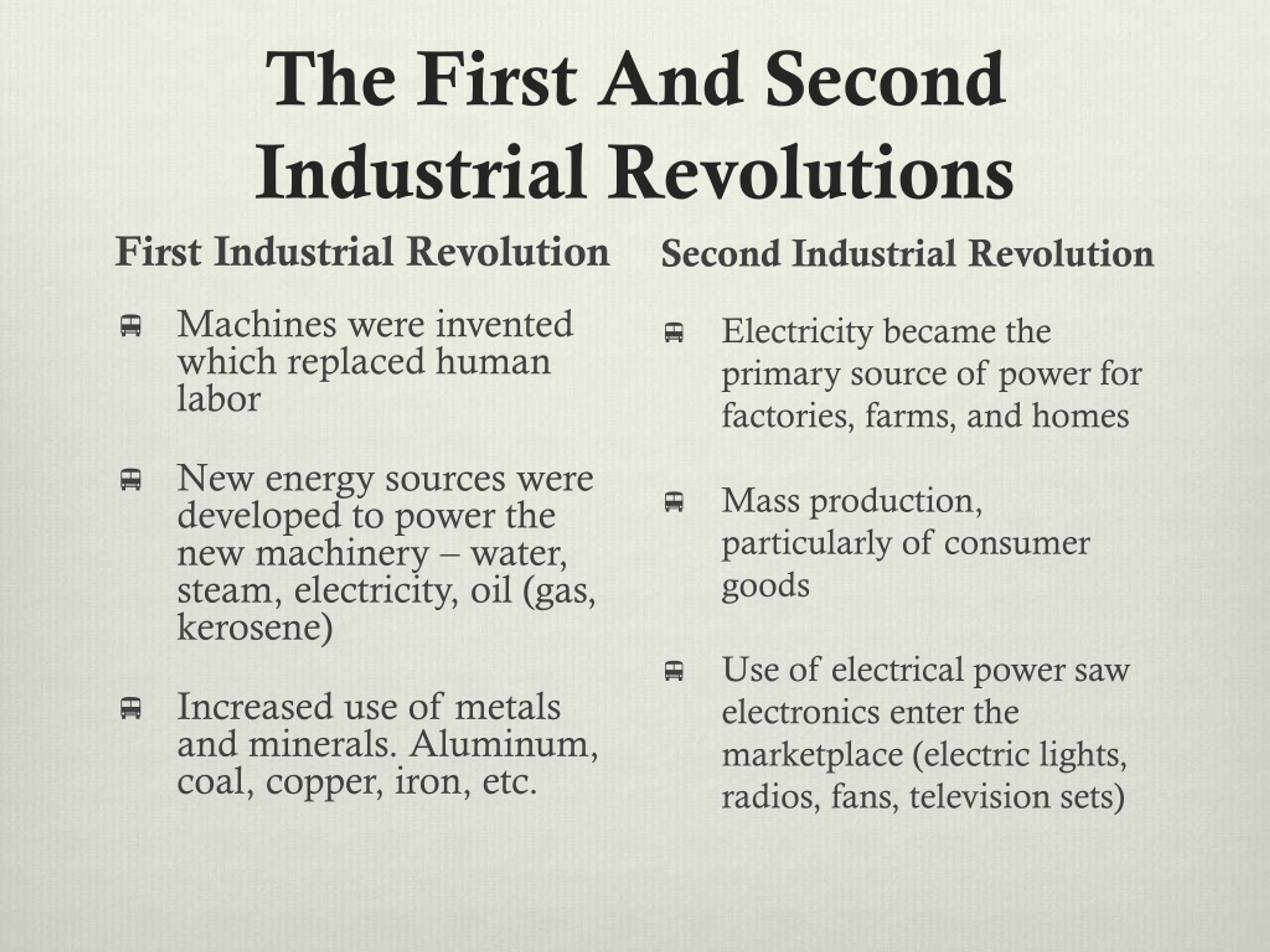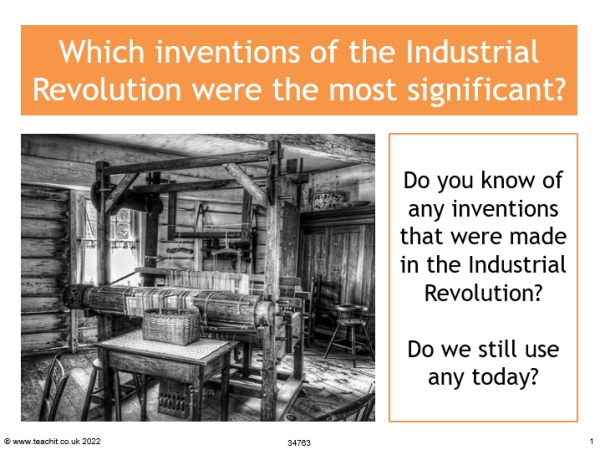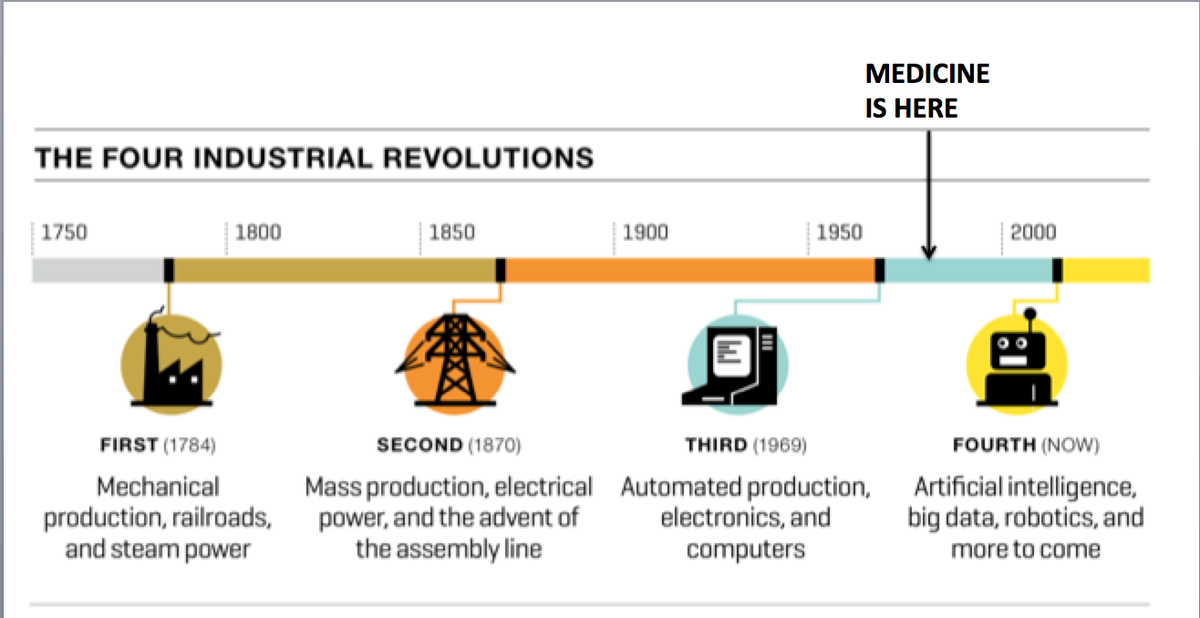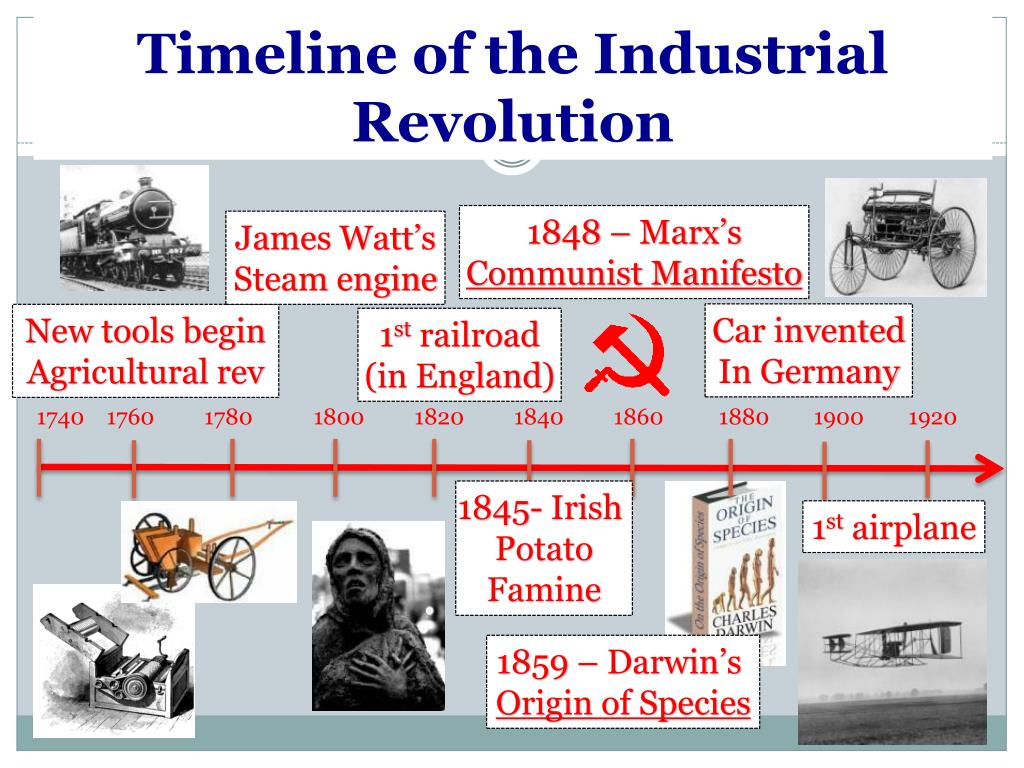Which Were New Advancements And Innovations That Resulted From Industrialization

Imagine the rhythmic clang of hammers on steel, the hiss of steam escaping massive engines, and the air thick with the smell of coal. This wasn't the stuff of nightmares, but the symphony of progress, a transformative era reshaping the world with unprecedented speed and ingenuity. The Industrial Revolution, a period stretching roughly from the late 18th to the mid-19th century, wasn't just about factories and machines; it was a crucible forging advancements that continue to resonate today.
At its heart, the Industrial Revolution was a period of unprecedented technological advancement, shifting economies from agrarian to industrial powerhouses. This article will explore the key innovations born from this transformative era, examining their impact and lasting significance on our world.
The Genesis of Innovation: Powering the Revolution
The steam engine stands as a cornerstone of the Industrial Revolution. James Watt's improved design, patented in 1769, provided a reliable and efficient power source, far exceeding the limitations of water and animal power.
This breakthrough fueled factories, mines, and transportation, driving industrial growth across sectors. The ability to harness steam power decoupled industries from geographical constraints, allowing them to flourish independently of rivers and traditional power sources.
Coal became the fuel of choice. Its abundance and energy density made it ideal for powering steam engines and other industrial processes.
Textile Transformation: Weaving a New World
The textile industry was among the first to embrace mechanization. Inventions like the spinning jenny, power loom, and cotton gin revolutionized textile production.
These machines, often powered by water or steam, dramatically increased the speed and efficiency of spinning and weaving. Production shifted from homes to factories, leading to mass production of textiles and a decline in traditional cottage industries.
According to research from the Economic History Association, textile production increased exponentially during this period, fueling economic growth and creating new employment opportunities, albeit often under harsh conditions.
Iron and Steel: Forging a New Infrastructure
The demand for machinery and infrastructure spurred significant advancements in iron and steel production. New techniques, such as coke smelting and the Bessemer process, enabled the mass production of higher quality iron and steel.
Coke, derived from coal, replaced charcoal as the primary fuel for smelting iron ore, offering a more efficient and sustainable source of heat. The Bessemer process, invented by Henry Bessemer, allowed for the efficient production of steel, a stronger and more versatile material than iron.
These innovations facilitated the construction of railways, bridges, and factories, transforming the landscape and enabling further industrial growth.
Revolutionizing Transportation: Connecting the World
The development of the steam engine led to revolutionary advancements in transportation. Steam-powered locomotives and ships transformed the way goods and people moved.
The railroad network expanded rapidly, connecting industrial centers with raw material sources and markets. Steamships enabled faster and more reliable transatlantic travel, fostering international trade and communication.
These transportation advancements not only facilitated economic growth but also had a profound impact on social and cultural exchange.
Communication Breakthroughs: Connecting Minds
While not directly tied to the factory floor, the Industrial Revolution spurred innovations in communication that were crucial for its continued growth and management. The telegraph, pioneered by Samuel Morse, revolutionized long-distance communication.
Businesses could now transmit orders, track shipments, and coordinate operations across vast distances in near real-time. This enhanced efficiency and speeded up the pace of commerce.
The standardization of time zones, driven by the need for coordinated railway schedules, also emerged during this era, reflecting the growing interconnectedness of society.
Impact on Agriculture: Feeding the Industrial Machine
Paradoxically, the Industrial Revolution also brought about advancements in agriculture. New machinery, such as the seed drill and improved plows, increased agricultural productivity.
These innovations reduced the need for manual labor in agriculture, freeing up workers to migrate to urban centers and work in factories. Increased food production supported the growing urban population and fueled industrial expansion.
The introduction of new fertilizers and crop rotation techniques further enhanced agricultural yields, contributing to a more stable food supply.
Standardization and Mass Production: The Assembly Line
The concept of interchangeable parts and mass production emerged as a key innovation during the Industrial Revolution. Eli Whitney's use of interchangeable parts in the manufacture of muskets demonstrated the efficiency of this approach.
This principle was later applied to a wide range of industries, enabling the mass production of goods at lower costs. The assembly line, popularized by Henry Ford in the early 20th century, further optimized production processes by breaking down complex tasks into simpler, repetitive steps.
Standardization not only reduced production costs but also facilitated repairs and maintenance, as replacement parts could be easily obtained.
Beyond the Machines: Social and Economic Transformations
The Industrial Revolution brought about significant social and economic transformations. The rise of factories led to the growth of urban centers, creating new opportunities for employment and social mobility.
However, it also led to significant social problems, including poverty, overcrowding, and pollution. The working class faced harsh working conditions, long hours, and low wages.
These social challenges led to the rise of labor movements and calls for social reform, ultimately leading to improvements in working conditions and the development of social welfare programs.
A Lasting Legacy: Shaping the Modern World
The innovations of the Industrial Revolution continue to shape our world today. From the ubiquitous internal combustion engine to the complex computer systems that power our modern economy, many of the technologies we rely on have their roots in the breakthroughs of this era.
While the Industrial Revolution brought about significant social and environmental challenges, it also laid the foundation for unprecedented economic growth and technological progress. It fundamentally transformed the way we live, work, and interact with the world around us.
The lessons learned from this period – the importance of innovation, the need for social responsibility, and the complex interplay between technology and society – remain relevant as we navigate the challenges and opportunities of the 21st century.


















